Introduction:
Spring has arrived. Signs of wear and accumulation are appearing on roofs throughout Oregon as winter loosens its moist hold, from Hillsboro seasonal roof tip communities to CVS roof maintenance neighborhoods. This is more than a nuisance, this is your spring roof maintenance narrative – an experience focused on debris removal, seasonal roof maintenance, and sheltering your house. Follow my spring roof inspection checklist for Oregon homes to keep your home strong and secure.
1. For a solid start, start with a clean slate by removing any debris.
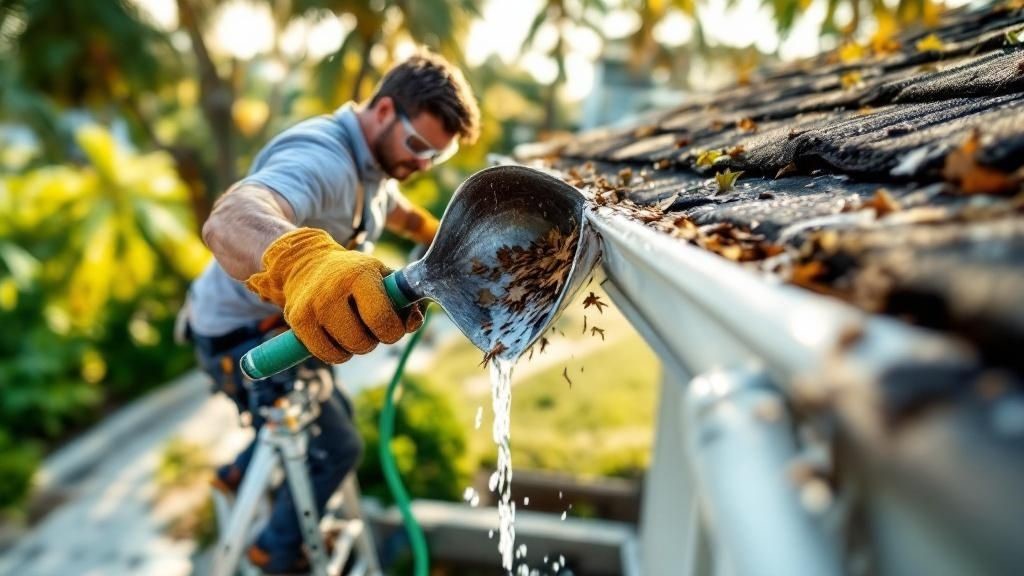
Imagine traversing a forest where twigs and needles have already coated the ground. That is your roof post-winter. The beginning of your spring roof maintenance guide begins with cleaning that up: removing pine needles, leaves, dirt, and gravel. Roof valleys, gutters, chimney skirts, and around roof air vents, attic vents and tile vent openings are vulnerable to debris build up.
- Sweep or leaf-blow (gently) and most importantly begin with your roof and get all the debris off your roof to prevent water blockage.
- When valleys clog, anything that drains moisture won’t and that can hurt shingles and contribute to rot.
- Everything else, such as spotted moss inspections and aggressive curb appeal increases, begins when debris is thoroughly removed.
2. Inspect Winter Damage: What to Check on Your Roof After Winter
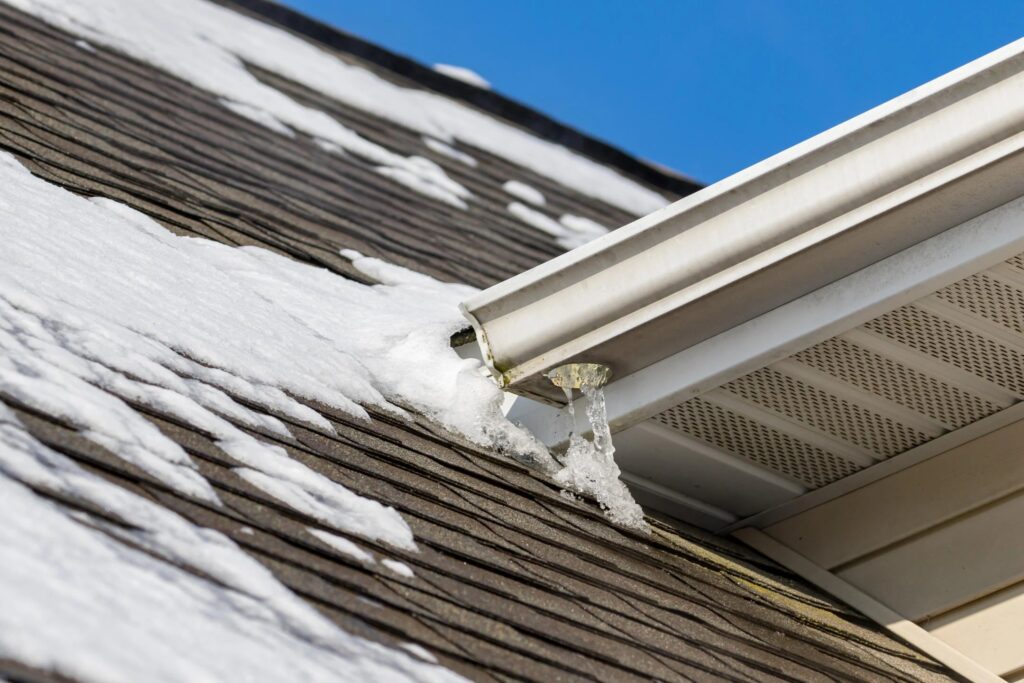
Once you’ve got your roof clean of debris, the story continues with an inspection for winter damage. Here is your hands-on list:
Shingles & Tiles
Check for cracked, loose, or missing shingles or tiles. Shingles and tiles can be displaced when ice freezes and thaws in winter time. If you have broken tiles or curled shingles make a note to have them repaired.
Moss & Algae Growth
Examine the person facing north, any moist spots, shaded roof sections, and tiled surfaces. Moss retains moisture, and growth of algae in shingles eats away at the limestone. Inspecting for moss is the first step after debris removal. If not dealt with, moss will ruin your roof.
Flashing Around Chimneys, Skylights & Vents
Look closely at the flashing seals. Watch for evidence of rust, cracks, openings or separating away from the roof or roofing material. Flashing that is poorly installed will allow leaks to occur. Always check flashing in your spring story.
Roof Vents, Attic & Tile Vents
Make sure vents are debris free, and working properly. Having proper ventilation on a roof, minimizes heat and moisture build up in the attic and room below. Poorly functioning roof vents, or blocked attic vents, can reduce the life span of your roofing shingles and increase the risk of mold.
3. Deep Clean Gutters and Downspouts
After the roof is free of debris, it’s time to consider gutters. Even the most efficient debris removal will not help your roof if the water has nowhere to go.
- Using a leaf blower or by hand, remove the leaves and twigs.
- Check that downspouts are clear and draining properly; unclog if required.
- Flush sharp corners and connections in gutters.
- Confirm that the water drains away from your building foundation safely.
The gutter cleaning task builds on your debris removal and reduces any chance of moisture damage.
4. Moss Inspection & Treatment: Gentle but Effective
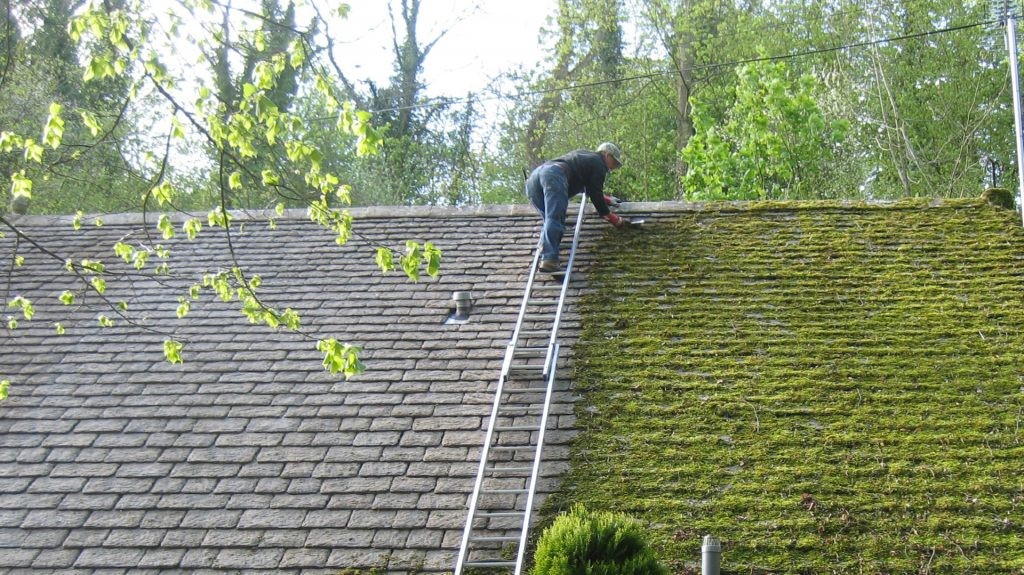
When your roof is cleared and is inspected, it is a great springtime option to treat for moss or algae! According to Referred Roof Cleaning, they will treat for moss when conducting a clean, and apply zinc sulphate mono-hydrate powder in the wetter former spring weather, specifically at ridge caps—and citrus oil spray if weather forecasts reasonably predict no rain.
This type of gentle treatment will kill off moss, but is done in a way that is effective when it is time, overall preserving the shingles. Treatment works best after debris removal which will allow access to the actual surface needing treatment.
5. Flashing and Vents: Seal and Secure Your Roof
Winter thaw cycles can loosen flashing and expose leaking:
- Secure and seal flashing strips.
- Check caulking for wear and edge cracking.
- Check all penetrations chimneys, attics vents, skylights, roof tile vents for rust, gaps, or deterioration.
- Make any repairs needed or tighten screws.
This flashing check with your roof ventilation inspection completes the protective armor of your roof.
6. Professional Inspection Saves the Day (or Your Roof)
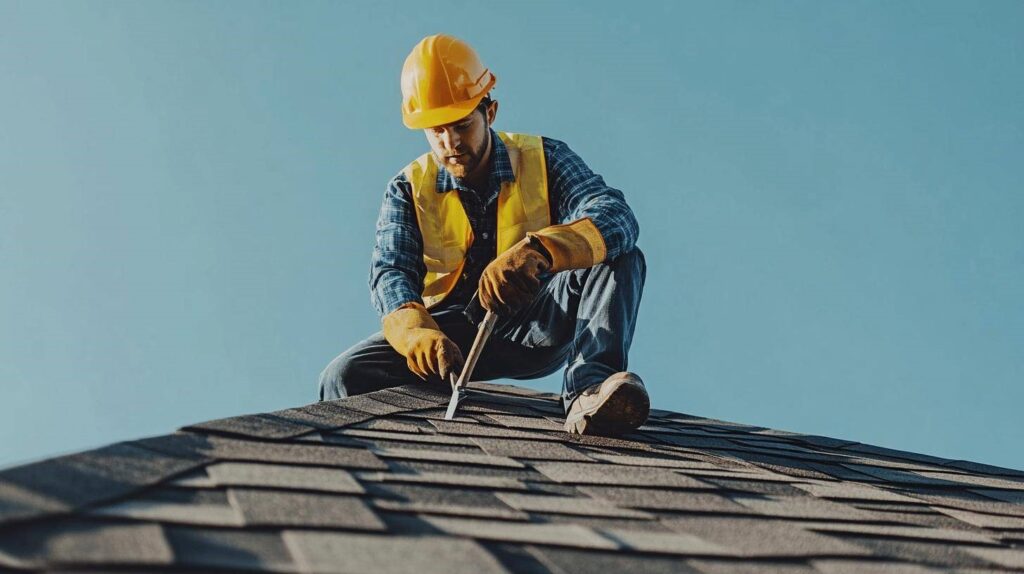
When you are done doing your routine maintenance, you should call a professional. Referred Roof Cleaning’s year-round maintenance plan includes an inspection, debris removal, moss treatment, gutter clean-up, and minor repairs—all under a non-contracted agreement.
Professionals can even find undetectable issues like:
- Early leaking
- Unseen flashing failure
- Ventilation loss
- Beginning roof rot
- Professional the contractors do all the debris clean-up too.
Professional will rinse down all surroundings that are left muddy or dirty—even your skylight or siding , they rinse it down too
DIY vs. Professional Help – What’s the Best Fit?
This is a crucial question for every homeowner to make: do I get up there, or do I call a pro?
DIY Pros & Cons
- Pros: saving money, taking immediate action, and feeling like you accomplished something.
- Cons: height safety issues, potential missing slight evidence of damage, improper use of chemical solutions, potential shingle mis-use from wrong pressure or solution.
Professional Pros & Cons
- Pros: Safe, uses soft-washing, proper debris removal services, guaranteed workmanship, comprehensive spot-inspection and minor repairs.
- Cons: Cost, scheduling.
Soft‑wash chemical cleaning is recommended for asphalt shingles—not pressure washing. The ARMA advises against pressure cleaning above 100 PSI; it damages granules and voids warranties Referred Roof Cleaning & Exteriors. Reddit users emphasize that improper pressure washing can accelerate shingle aging or leaks.
At key turning points in your story—especially after DIY debris removal—consider calling in the pros for safety and longevity.
7. Wrap-Up and Preventive Tips
All good stories have a memorable takeaway:
• Stay on a seasonal schedule
We recommend debris removal and light cleaning in the spring of every year (and again in the fall if applicable) to limit build-up.
• Trim overhanging branches
Trees over your roof drop branches and leaves, and shade the roof. having trees over your roof only means that moss and debris will take hold of your roof in no time.
• Install or clear gutter guards
Avoid blockages and limit the number of clean outs and kerfuffle.
• Monitor moss regrowth
In every season, check shaded areas for re-growth and spot treat with zinc or citrus oil before it gets thick.
• Maintain proper attic ventilation
Check that all the vents for proper roof ventilation systems, vents in the attic, and even tile vents are open and in working order to limit heat and moisture levels.
• Enroll in a maintenance program
Like the yearly maintenance program we offer at Referred Roof Cleaning, you can book check-ins every 6–24 months depending on the condition of your roof upkeep program at Referred Roof Cleaning & Exteriors.
• Document your inspections
Take before and after pictures, so you can see the condition of your roof pre-clean and post-clean. Record your pre-debris removal or maintenance and your post-debris removal or maintenance state of your roof. This will give you a base each year.
8. Conclusion:
Spring cleaning your roof may be one of the best things you do for your home. By using this spring roof cleaning checklist for homeowners, you can identify minor problems before they become big repair costs down the road.
Follow these steps, and don’t forget to remove debris first. Debris removal and clearing leaves, sticks, and dirt from your roof helps water drain off the side of your roof where it was designed to go, preventing major damage down the line. After debris removal, you’ll want to check for winter damage, check for moss, check flashing, and inspect roof vents and gutters to ensure everything is clean.
If you still don’t know where to start or feel unsafe going on the roof yourself and want to do a thorough job, then let the professionals do it for you. Referred Roof Cleaning provides debris removal and spring roof care services throughout all of Oregon—including Salem, Oregon and Hillsboro, Oregon.
Frequently Asked Questions (FAQs)
Q: When should spring roof cleaning be done in Oregon?
A: The ideal time frame of late April to early June has passed the risk of freezing but prior to having heavy, sustained summer heat. It is worth mentioning that at this time, debris has settled and moss treatment is more effective when done in the cooler, wetter conditions!
Q: Is spring roof cleaning cheaper?
A: Yes! Cleaning in the spring is often a lower cost option, as the majority of professionals offer lower pricing than in peak summer or demand after an intense rain or storm event. In addition, if you do need repairs a spring inspection or debris removal can save you money!
Q: What does debris removal include during a spring roof cleaning?
A: Debris removal refers to removing any leaves, twigs, needles, dirt and moss on the roof surfaces and valleys, ensure good drainage from vents and gutters and into downspouts. Removing debris properly will prevent moisture trap zones!
Q: What’s the difference between soft washing and pressure washing?
A: Soft washing uses chemical solutions at low pressure (typically mild sodium hypochlorite or citrus oil) to kill moss or algae without harming shingles. Pressure washing uses high PSI water jets that can strip granules from shingles and void many warranties. Professionals recommend that soft washing is the best method for roof care.
Q: Should I hire a professional or do it myself?
A: For the safest, most effective, and thorough job, the answer is professional help! Especially if your roof is steep, has fragile material, or you are unsure about flashing or moss treatment. A professional is able to ensure proper debris removal as well as inspection visits, and will be able to check roof ventilation safely and effectively.
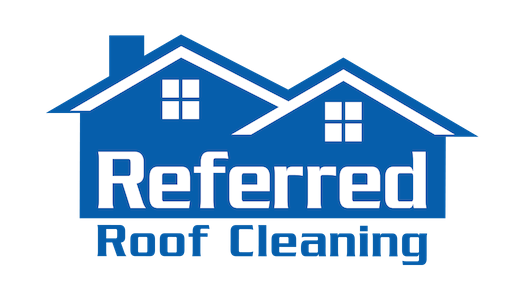
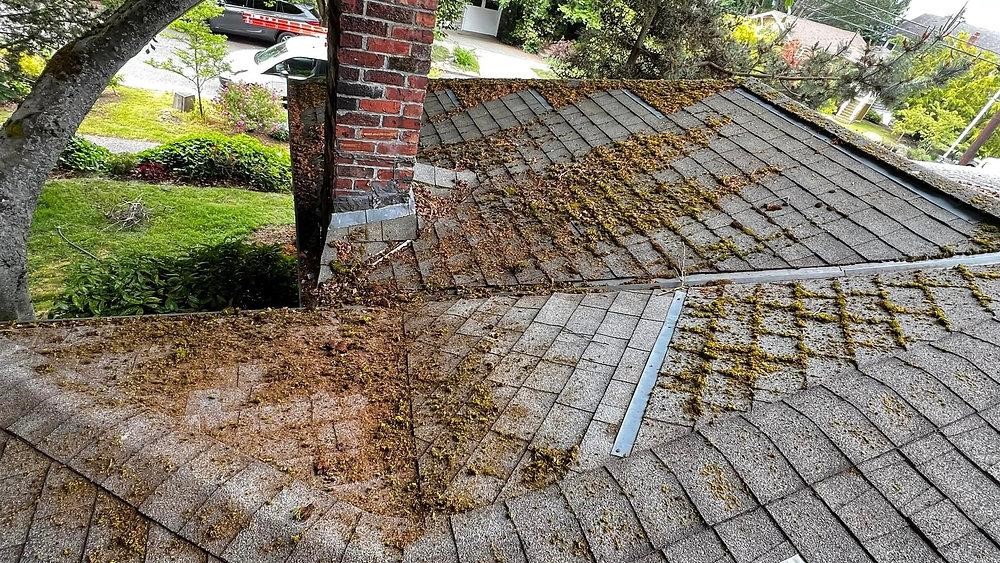
Recent Comments